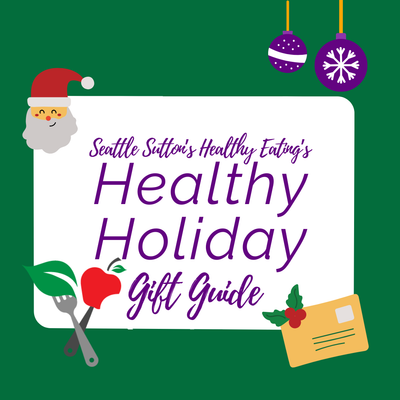Reading a nutrition label can be quite confusing! At first look, we see lots of numbers but if deciphering that information doesn’t come naturally to you, you are not alone. Many people find these numbers and percentages overwhelming. As a registered dietitian nutritionist, I always tell people to focus on a few key items.
Here are my go-to items to keep an eye out for when reviewing food labels
Know Your Goals
When reading a nutrition label, it is important to know what you are trying to accomplish with your diet. For example, are you trying to lose or gain weight? Trying to control blood pressure or cholesterol levels? Although every one of us needs to focus on the overall healthfulness of the diet, focusing on a couple key nutrients could help get to your goal faster.
Shift Your Focus to Calories and Servings
The first thing anyone should look at on the nutrition label is the number of calories per serving, and the amount of servings per package. This is the most basic information we all need to know to read a nutrition label. This is key to remember, that serving size doesn’t equal portion size! There are often many servings within a portion. For example, a serving of chips may contain 150 calories. Most people don’t realize that there may be 2.5 servings in bag of chips. Therefore, it is necessary to multiply 150 by 2.5 to calculate how many calories are in a bag of chips.
Calories are the number one factor affecting the waistline, making this an important focus for any label reader. Nutrition label percentages are based off someone who requires 2000 calories per day. This is a general number and doesn’t apply to everyone. In fact, it only applies to a small percentage of individuals. To figure out your own calorie needs for weight loss, weight maintenance or weight gain, it is best to consult with a registered dietitian nutritionist. These experts can help you get to your calorie goal to achieve a desired weight.
Look at Fat a Little Closer
When looking at fat on a nutrition label, I often tell clients to ignore the percentages and focus more on the actual gram amounts. As mentioned earlier, percentages are based off someone who requires 2000 calories per day, and this only applies to a small portion of individuals. For most of us, it just becomes more confusing than useful. Rather, look at fat grams, and more importantly, where that fat is coming from. If the fat grams are coming from mostly polyunsaturated or monounsaturated fats rather than saturated or trans-fat, it most likely is a heart healthy food.
Always Be Sure to Scan Sodium Levels
One of the most important and overlooked factors in the American diet is salt or sodium. We consume way too much of the stuff. In fact, the average American consumes 3400 mg per day while recommendations range from 1500-2300 mg per day (depending on age and overall health). Again, focus on the main number of mg here, not necessarily the percentage printed on the label. And be sure to multiply this number by the amount of servings per package to figure out how much sodium is in the entire package.
Know How to Interpret Sugar on the Label
We all know sugar is bad for us, and that we should avoid the stuff as much as possible. Pretty soon, assessing sugar content in packaged meals will become easier with new label requirements. Right now, sugar grams on the nutrition label come from both natural and added sources. When the new nutrition labels are implemented, the source of the sugar will be outlined as to whether it comes from natural or added sources. For example, a glass of milk will show about 13 grams of sugar, but that sugar is naturally in lactose and there is none added (in unflavored, white milk), which makes this a healthy beverage. A small serving of soda on the other hand with the same amount of sugar listed, is from real sugar or a high fructose corn syrup, making it a very unhealthy drink. Until label changes are made, refer to the ingredient statements. If sugar or high fructose corn syrup is listed as one of the top items on the label, then the food is likely very high in unhealthy sugar and should be avoided.
Start Your Healthy Journey Today!
Order NowFind More By Category







 Weight Loss
Weight Loss Health & Wellness
Health & Wellness Diabetes
Diabetes Heart Health
Heart Health Motherhood & Family
Motherhood & Family Dietary Restriction
Dietary Restriction Other Health Conditions
Other Health Conditions About SSHE
About SSHE


